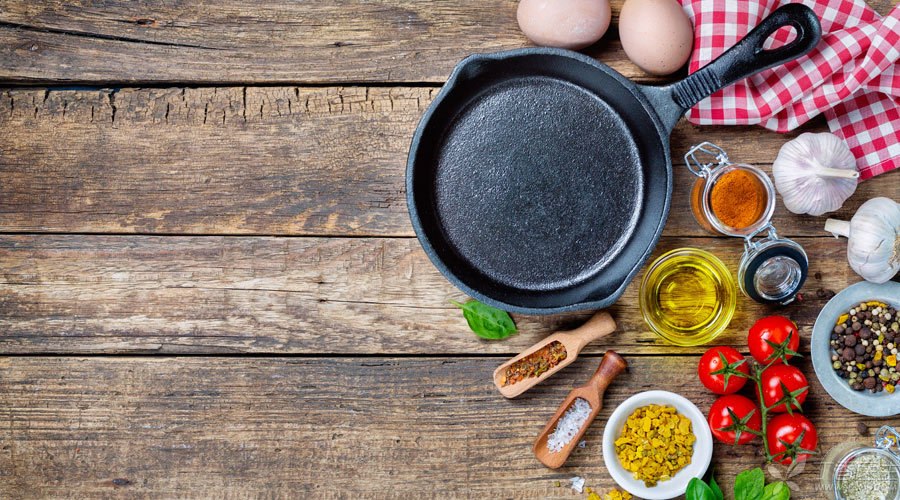
There are 360 kinds of kitchen utensils, all of which need to be carefully selected. From cooking pots to spatulas, cleaning sponges, chopping boards, etc., every link is very important to health.
Three Essentials of Kitchen Utensils
1. Use a pan that is easy to clean and has no cracks or damages inside.
Surface damage may retain food and breed bacteria.
2. It is recommended to use wood, bamboo or silicone shovels.
Do not use iron or metal shovels, which may scratch the surface of the pan.
3. If the coating on the surface of the pan is damaged, it is better not to use it.
1. Iron Pot: It Can’t Enrich Blood
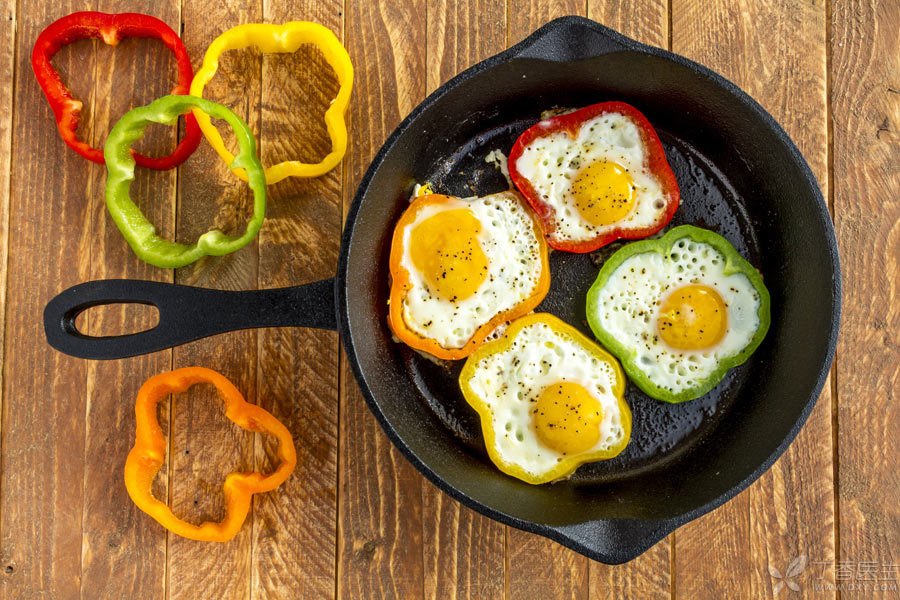
Iron pot should be the most commonly used and very popular kind of pot.
It is said that cooking in an iron pan can prevent anemia?
In fact, it is not so exaggerated. The iron dissolved from the iron pan is non-heme iron and is not easy to absorb, let alone enrich the blood.
In recent years, some [Gao Da Shang] cast iron pots are very popular. These pots are very heavy and have rich enamel colors. Of course, the price is not cheap.
Cast iron pot has many advantages:
- The heat conduction and heating are relatively uniform, and the spoon can be lifted without effort. The heat preservation property is relatively good, and the dishes directly served on the cast iron pot can also be kept warm. Good sealing performance, not easy to lose water when cooking soup and hoarding vegetables, and keeping original taste and flavor; You can use open flames and enter the oven.
Generally speaking, cast iron pot is a good choice, but it is expensive ~
2. Stainless steel pot: high cost performance
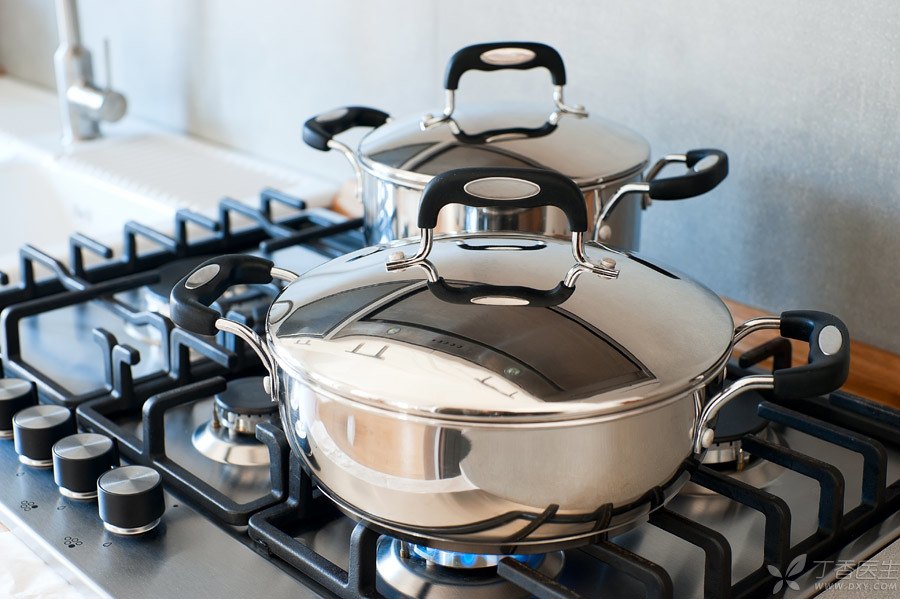
Stainless steel pots are cheap and fast to heat, and can be used for medium and high temperature heating. Most stainless steel pots have copper or aluminum at the bottom, so the heating is relatively uniform.
It is said that stainless steel pots will precipitate manganese metal, leading to Parkinson’s disease?
This is purely a rumor. Our country has strict regulations on stainless steel products. As long as they are qualified products from regular manufacturers, don’t worry and use them at ease.
3. Non-stick pan (Teflon): Never burn it empty
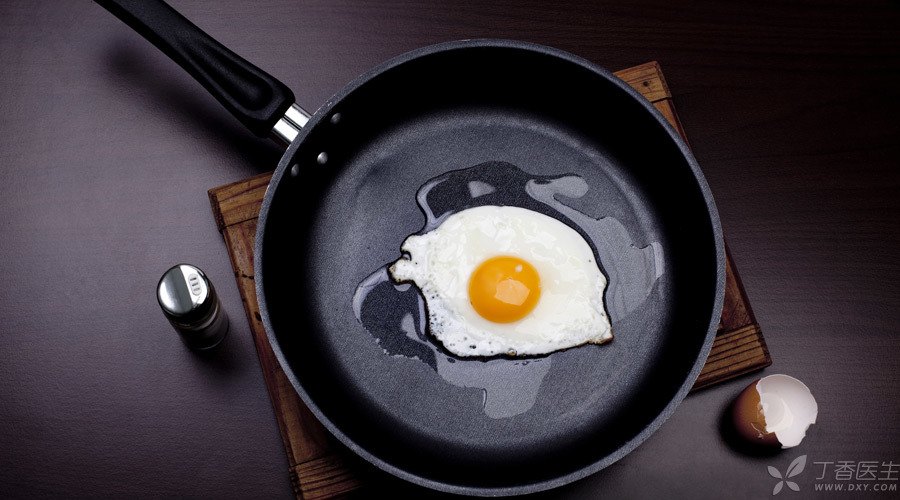
Non-stick pot is to add a non-stick, heat-resistant and scratch-resistant coating to the inner surface of the pot. The commonly used coating is polytetrafluoroethylene, which is also Teflon.
This kind of pan is convenient to clean, and there is no need to worry about burning when frying fish and meat.
Heard that Teflon coating is toxic?
In fact, daily cooking completely don’t have to worry about. Teflon coating is very stable below 260 ℃, and the temperature of cooking is generally below 200 ℃. Even if it is fried, the oil temperature will generally not exceed 250 ℃. Daily cooking, there is no need to worry about the decomposition and release of toxic substances from the coating.
However, we need to remind everyone that we must not burn it empty. (Burn it empty for 5 minutes, and the temperature can reach 800 degrees)
4. Aluminum pot: It is recommended to choose non-stick one.
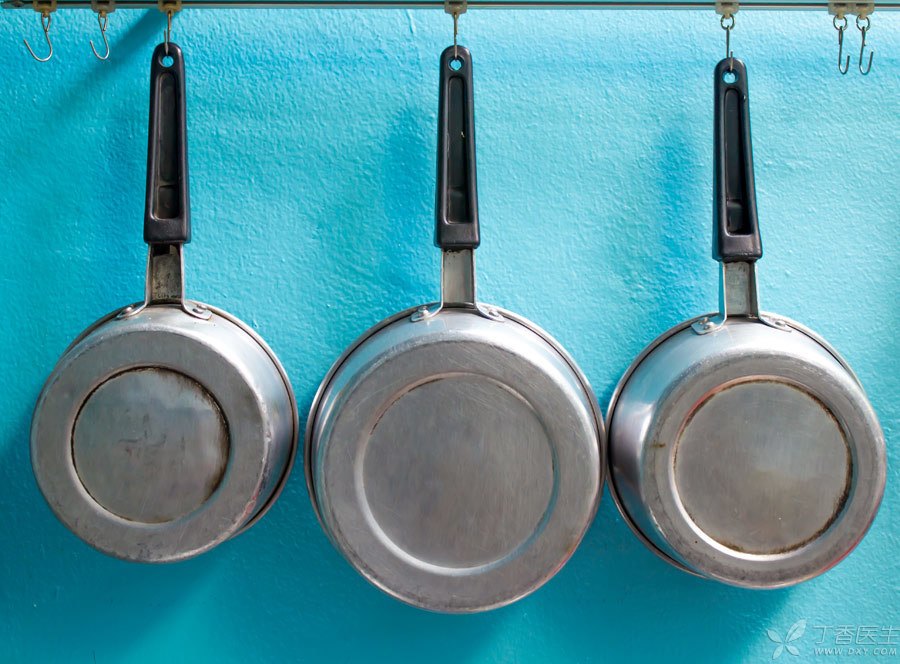
It is recommended to choose non-stick and scratch-resistant anodized aluminum pot. This kind of aluminum pot has a dense alumina protective layer on its surface, which is not only resistant to food corrosion and easy to clean, but also can avoid the risk of excessive aluminum caused by aluminum dissolving into vegetables.
However, aluminum pots with or without coating are not so safe. Although some studies say that even if there is not much aluminum dissolved in vegetables, it is on the safe side to try not to use the coating once it is found to be damaged, especially in the case of pregnant women or children at home.
5. Ceramic Pot: Soup Making Artifact
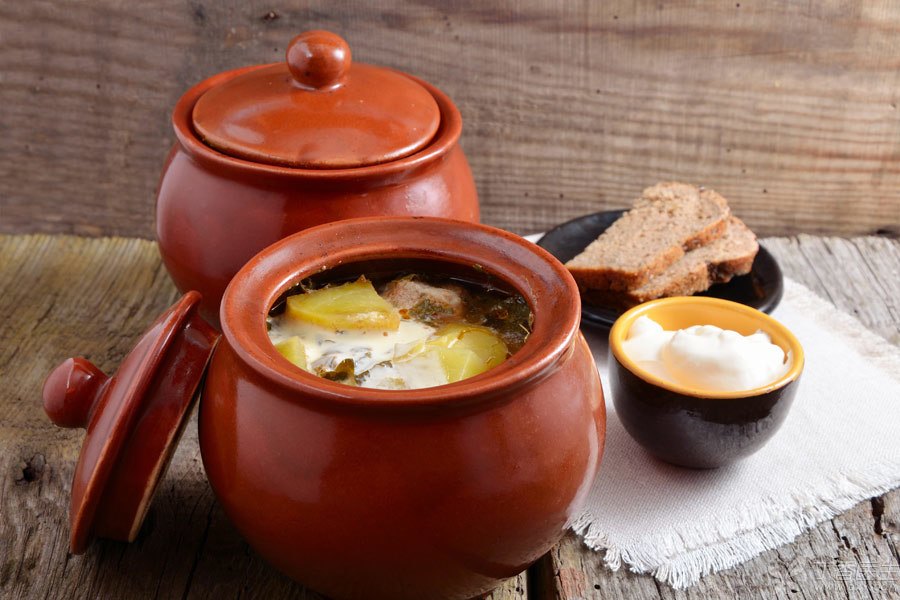
Many small partners who like to cook soup will prepare a ceramic pot, which will be stewed slowly over a small fire. It is delicious.
When selecting:
Do not buy ceramic pots of unknown origin because they may contain lead. Choose products from regular manufacturers with clear test reports that do not contain lead or whose lead content is within the national standard.
When in use:
- Avoid containing acidic foods, such as tomatoes and vinegar, which will accelerate the dissolution of lead in ceramic pots. When the surface of the ceramic pot is damaged or there are still yellow or dirty stains on the surface after cleaning, do not use it.
Don’t use ceramic containers to hold food casually, especially ceramic handicrafts bought during travel.
6. Copper Pot: Hot Pot Favorite
Generally, copper pots are rarely used in the home, and they are only seen when rinsing hot pot outside.
The copper pot is heated evenly, but once the heavy metal copper ions are released, it is easy to overdose, causing nausea, vomiting and diarrhea. Therefore, the surface of the copper pot will be coated to prevent the release of copper. Remember to pay attention to the condition of the coating. Once there is damage, stop using it immediately.
It is worth noting that in some rural areas, or elderly people, there may be some copper pots with a sense of age in their hands. At that time, the coating material was not good enough and might contain tin and nickel. If you find this kind of old copper pot, you should not use it.
7. Chopping board: Be sure to dry it after washing.
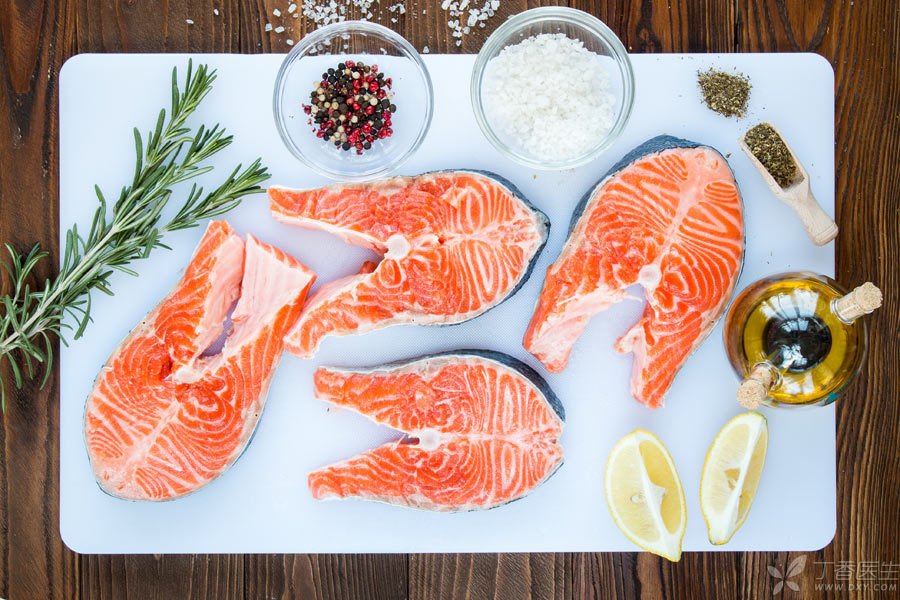
It is best to choose plastic, marble, tempered glass or high-temperature ceramic chopping boards because they are easy to clean. However, wood or bamboo chopping boards are not easy to clean and are easy to breed bacteria.
It is recommended to prepare at least 2 chopping boards to handle raw food and cooked food separately.
Tips for cleaning chopping boards:
After each use, wash with hot water and a little detergent. Then rinse it with flowing water and dry it naturally or dry it with kitchen paper.
8. Sponge ball: disinfect and replace in time
Sponge balls used for washing dishes and pots are very easy to breed bacteria and fungi. Moreover, detergent, water, bleach, etc. cannot effectively kill pathogenic microorganisms.
Here are three methods:
- Change one every week; Put the sponge in the microwave oven for one minute, which can kill 99% of microorganisms. If there is a dishwasher, use the cleaning and drying cycle function and set the temperature above 60 ℃.
